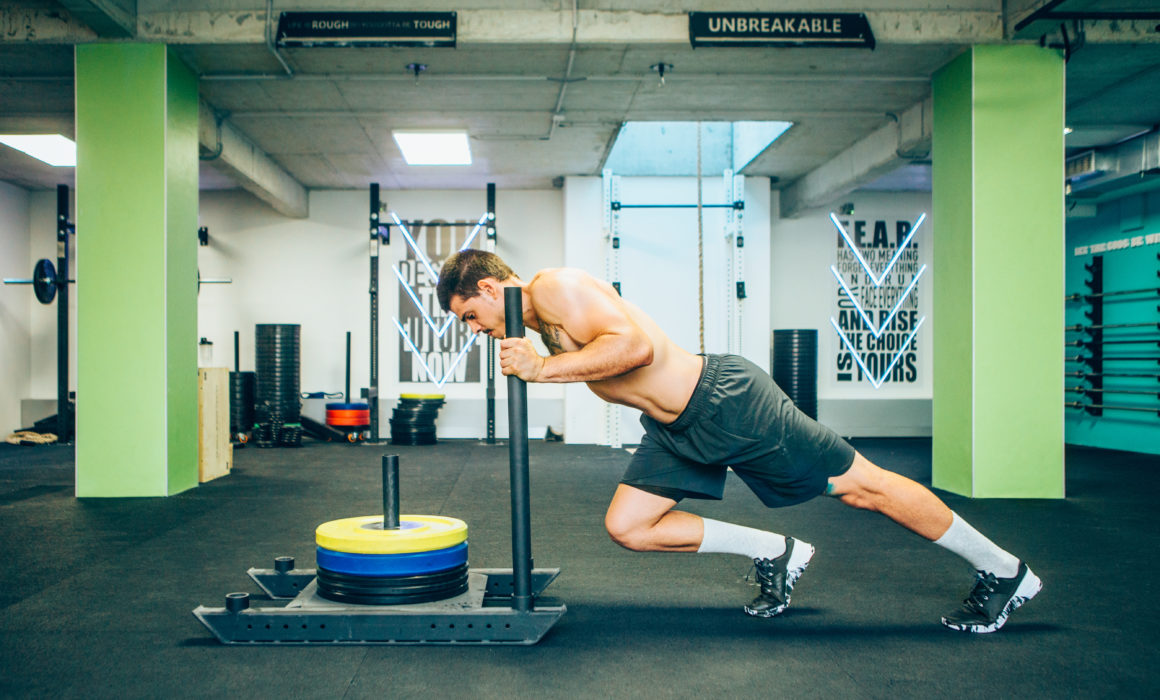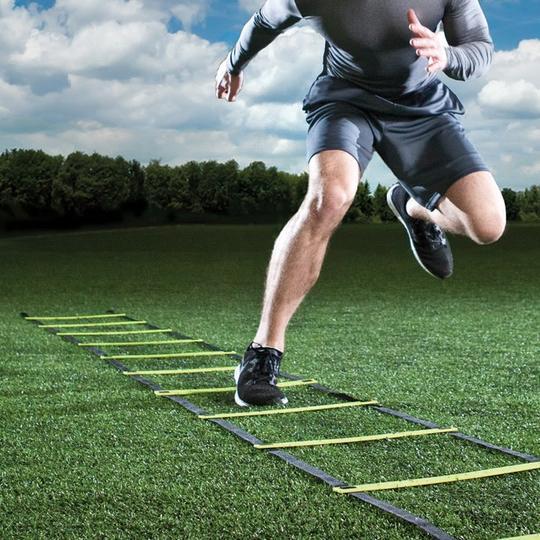The World’s Best Vertical Jump Exercise
The World’s Best Vertical Jump Exercise
So, you have probably heard, the best way to improve your vertical jump is by doing plyometric training. This type of training includes ballistic hops, skips, and jumps that enhance the stretch shortening cycle (SSC) in your tendons, and in particular, your golgi tendon organ (GTO). The GTO is a proprioceptive sensory receptor organ that senses changes in muscle tension. It lies at the origin and insertion of skeletal muscle fibers into the tendonsof skeletal muscle. When there is tension placed on your muscles or tendons from lifting weights or landing from a jump, for example, the GTO sends signals to inhibit the muscle from exerting too much force as a safety mechanism. This is important as it ensures you don’t strain or tear a muscle. However, structured plyometric training can inhibit or desensitize the GTO to allow your muscles and tendons to harness more kinetic energy thus giving you the ability to produce more force and power in your jumps.
Depth Drop to Box Jump Trumps Them All
The depth drop to box jump is the most effective jump training that you can do because it inhibits the GTO with the deficit drop landing. The other mechanism that makes this drill effective is that it not only has a shock method but also effectively trains all three kinds of muscle contractions. These include eccentric, isometric, and concentric muscle contractions. Training all three phases will enhance intramuscular coordination which will allow you to jump higher and get off the ground faster.
How to Do This Drill
Landing– Reach out with one foot with your toes pointing up. This is calleddorsi flexion.Step off the box and land on both feet simultaneously applying pressure through the middle of your foot. You don’t want to land on your toes or your heels. Next, focus on sinking your hips back and positioning your chest over your thighs or knees while swinging both arms back. If you look at the video, notice that when I land, both arms are being pulled down and back so there is no wasted movement. This will make the transition faster so you can get off the ground quicker! For beginners, pause on the landing to ensure good mechanics and posture. As you progress, decrease ground contact time.
Transition– This phase of the jump is all about joint stiffness. As soon as your feet hit the ground, don’t allow your hips to continue dropping toward the ground. To avoid this, think about landing like a brick hitting the floor versus a slinky. This shock mechanism will help you improve the rate of force absorption allowing you to transition into your take off quicker.
Take Off– This is the part of the drill that everyone emphasizes. However, if the landing and transition are not efficient or done properly, the opportunity for an explosive take off will be minimized. To decrease your take off time and increase your jump height, push through the ground swinging your arms forward and upward. Think about driving through your big toe and rapidly extending your hips to get triple extension.
If you emphasize each aspect of the depth drop (landing, transition, and take off), you will notice more pop off the ground and increase your vertical jump height.
Program Implementation
After doing a proper warm up, you can include the depth drop to box jump drill before your strength training routine or superset with a compound lower body exercise like squats. When doing plyometrics drills, you want to focus on quality not quantity so keep the reps low and gradually increase the volume by adding more sets as your training progresses.
Week 1-2: 2×5
Week 3-4: 3×4
Week 5-6: 4×4



